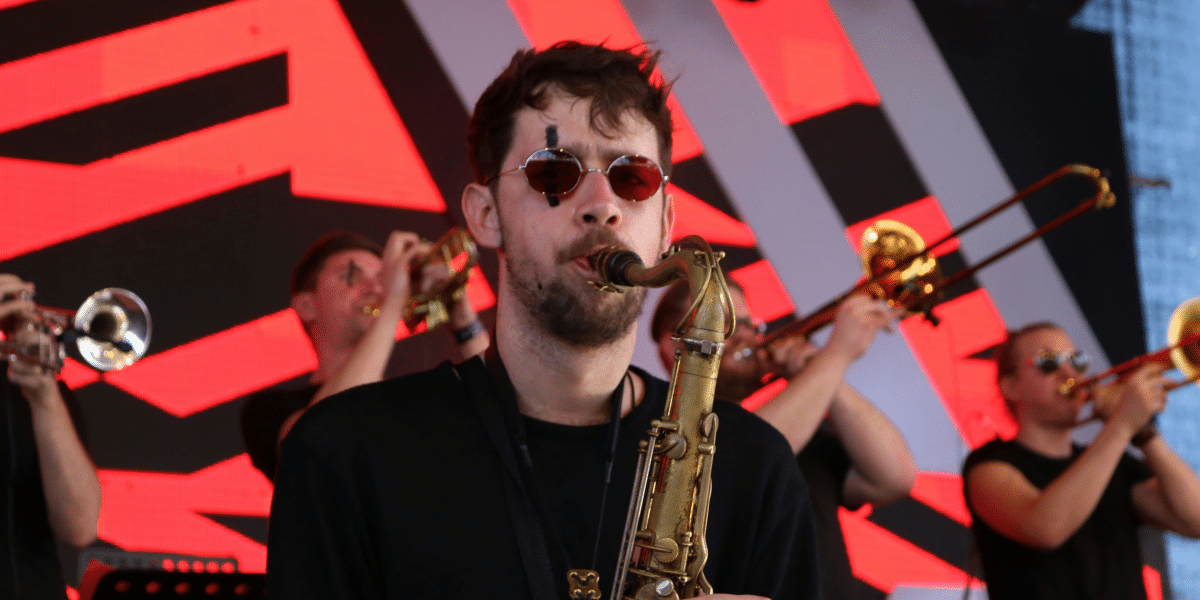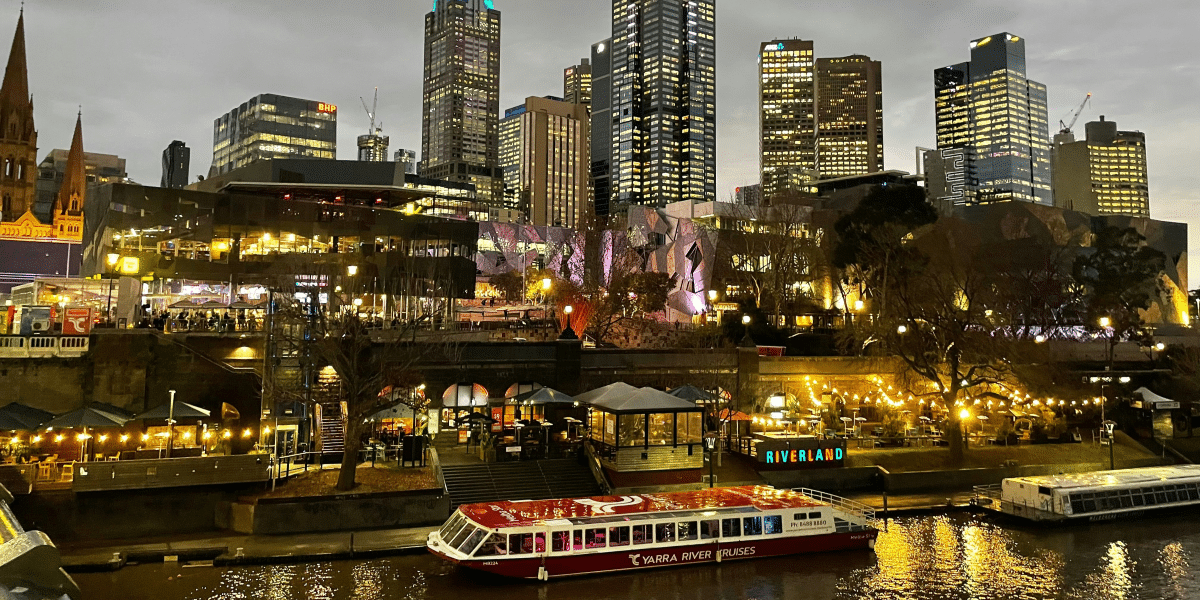Music production has become increasingly accessible thanks to advancements in adaptive music technology. These innovations are breaking down barriers and allowing people of all abilities to create and enjoy music. Let’s explore how accessible music production and adaptive music technology are transforming the music industry, the tools available, and the impact on musicians and enthusiasts.
What Is Accessible Music Production?
Accessible music production refers to the use of tools and technologies that make creating music possible for people with disabilities. These tools are designed to accommodate various physical, sensory, and cognitive needs, ensuring that everyone has the opportunity to participate in music creation.
In the past, music production required expensive equipment and specialized skills. Today, technological advancements have democratized the process, allowing more people to produce music from their homes. Adaptive music technology has played a crucial role in this transformation, providing solutions that cater to diverse needs.
How Does Adaptive Music Technology Work?
Adaptive music technology includes a range of devices and software designed to make music production more inclusive. Here are some examples:
Assistive Software: Software programs like DAWs (Digital Audio Workstations) have become more accessible with features like screen readers, voice commands, and customizable interfaces. These features help visually impaired users and those with mobility issues navigate and use the software effectively.
Specialized Instruments: Adaptive musical instruments are designed for people with physical disabilities. For example, the Jamboxx is a breath-controlled instrument that allows users to play music using their breath and head movements. The Soundbeam uses ultrasonic sensors to detect movement, enabling users to create music by moving their hands or other body parts.
Touch and Motion Sensors: Devices like the Leap Motion Controller can detect hand movements and translate them into musical input. This technology is particularly useful for individuals who have limited use of their hands or arms, allowing them to create music through gestures.
Voice Control: Voice-activated software enables users to control music production tools through spoken commands. This is especially beneficial for individuals with limited mobility or dexterity, as it allows hands-free operation of complex music production processes.
Why Is Accessible Music Production Important?
Accessible music production is important for several reasons:
Inclusivity: Music is a universal language that should be accessible to everyone. Adaptive music technology ensures that people with disabilities can participate in music creation, fostering a more inclusive and diverse music community.
Empowerment: Providing people with disabilities the tools to create music empowers them to express themselves creatively. It can boost self-esteem, improve mental health, and provide a sense of accomplishment.
Innovation: Accessible music production drives innovation in the music industry. As developers create new tools and technologies to accommodate diverse needs, they often come up with creative solutions that benefit all users.
Community and Connection: Music has the power to bring people together. Accessible music production allows individuals with disabilities to connect with others, collaborate on projects, and share their work with a broader audience.
What Are Some Popular Tools for Accessible Music Production?
Several tools have been developed to make music production more accessible. Here are some popular options:
Ableton Live: This DAW is known for its user-friendly interface and extensive accessibility features, including compatibility with screen readers and customizable shortcuts. It’s a favorite among electronic music producers and is highly adaptable for users with different needs.
AUMI (Adaptive Use Musical Instrument): AUMI is a software instrument that uses a computer’s camera to track movements and convert them into musical sounds. It’s designed for people with severe physical disabilities, allowing them to create music through simple movements.
Roli Seaboard: The Seaboard is a pressure-sensitive keyboard that allows for expressive playing. Its soft, pliable surface can be easier for some users to play than traditional keys, and it offers a unique way to interact with music.
MIDI Controllers: Many MIDI controllers now come with features designed to be accessible, such as larger buttons, customizable layouts, and touch-sensitive pads. Devices like the Novation Launchpad and Ableton Push are popular for their adaptability and ease of use.
How Is Accessible Music Production Impacting the Music Industry?
Accessible music production is having a significant impact on the music industry:
Diverse Voices: By making music production tools more accessible, the industry is welcoming a wider range of voices and perspectives. This diversity enriches the music landscape and introduces fresh, innovative sounds.
New Talent: Many talented individuals with disabilities are now able to pursue careers in music production, leading to an influx of new talent. These musicians bring unique experiences and creativity to the industry.
Education and Outreach: Accessible music production tools are being integrated into music education programs, allowing students of all abilities to learn and create music. This fosters a more inclusive learning environment and inspires future generations of musicians.
Awareness and Advocacy: The push for accessible music production has raised awareness about the needs of people with disabilities in the music industry. It has also sparked advocacy for more inclusive practices and policies.
What Does the Future Hold for Accessible Music Production?
The future of accessible music production looks promising as technology continues to advance. We can expect to see more sophisticated and intuitive tools that cater to a broader range of needs. Innovations like AI and machine learning may play a significant role in developing adaptive music technology, making it even easier for people with disabilities to create music.
Additionally, increased collaboration between tech developers, musicians, and advocacy groups will likely lead to more user-centered design in music production tools. This collaboration ensures that the tools being developed truly meet the needs of the people they’re intended to serve.
Accessible music production and adaptive music technology are transforming the way people create and experience music. By breaking down barriers and providing inclusive tools, these advancements are empowering individuals with disabilities to express themselves creatively and contribute to the music industry. As technology continues to evolve, the future of accessible music production looks bright, promising even more opportunities for inclusion and innovation.









